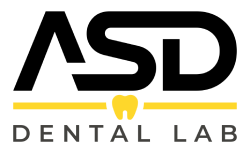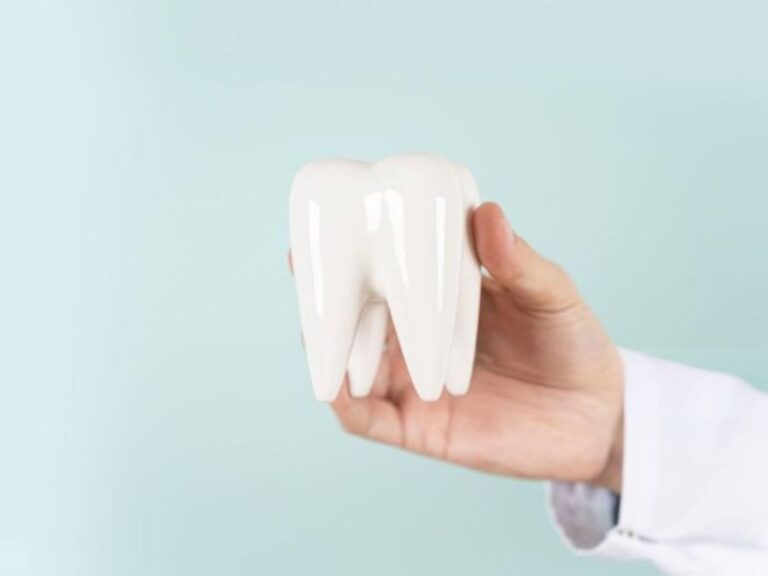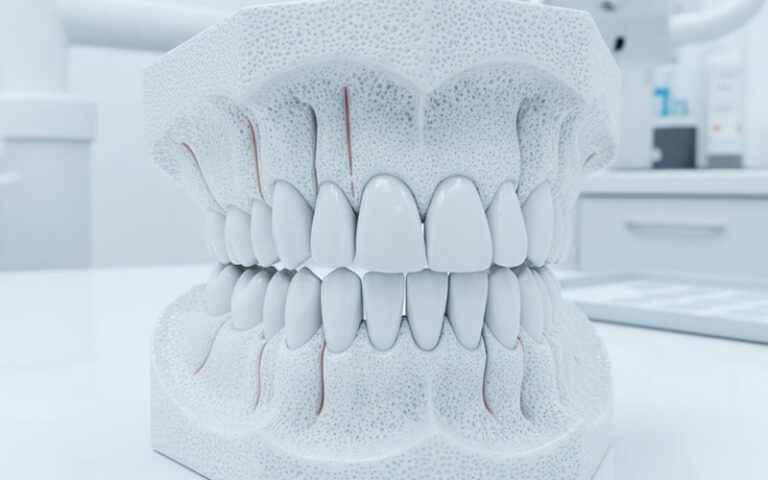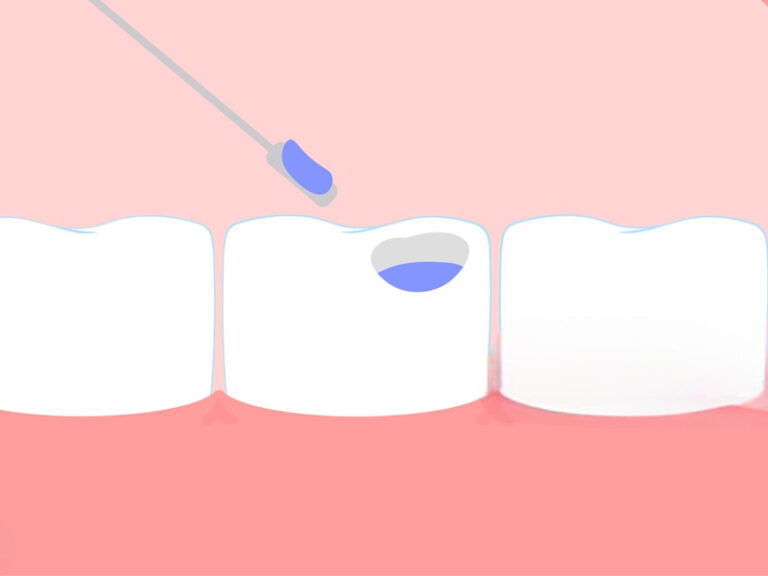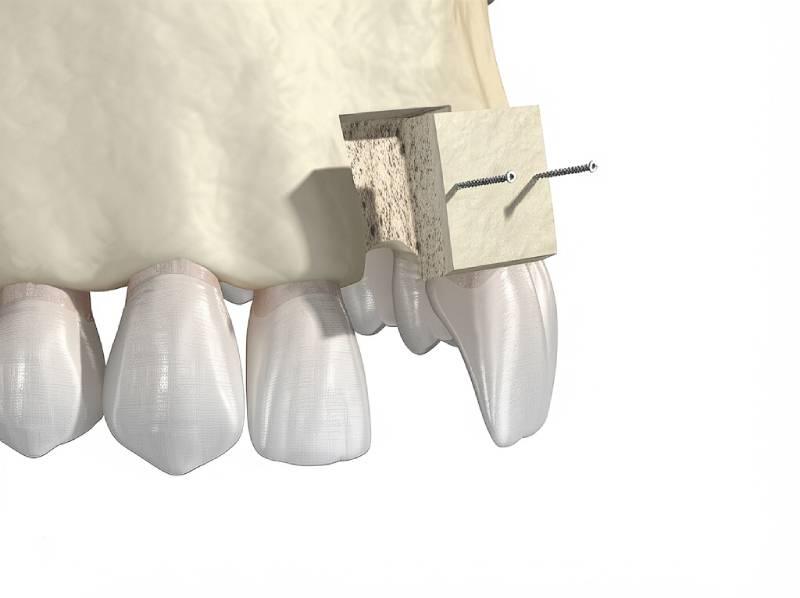
How Digital Workflows Are Changing Clinic Efficiency: A Guide for Modern Practices
Today’s clinics deal with long wait times, lots of paperwork, and the pressure to give great care to every patient. That’s where digital workflows come in. They make every part of a clinic’s jobs faster, smoother, and less stressful. This article shows you, in plain English, how digital workflows can help fix big problems in your clinic, help your team work better, and make patients happier. If you want your clinic to be less stressed and more successful, you’re in the right spot.
Table of Contents
What Are Digital Workflows and Why Do Clinics Need Them?
Let’s start with the basics: What is a digital workflow? Think of it like a series of steps in a clinic’s day, all run by clever computer tools. These tools help with patient appointments, medical records, clinic bills, work schedules—basically anything you’d need.
But why do clinics need them? The old way involves lots of forms, phone calls, and finding the right files. All those manual jobs slow things down and can lead to mistakes or lost info, annoying both patients and staff.
This isn’t just about using a few handy tools. We’re talking about linking Electronic Health Records (EHR), Patient Portals, Online Booking, and more, all into one smooth digital system. Clinics need this kind of thing because patients want fast, accurate, and easy care these days. Digital workflows make it much easier to give them what they want.
How Do Manual Processes Slow Down a Clinic?
Think back—have you ever waited in line just to fill out forms by hand, answering the same questions again and again? That’s what manual processes look like in real life.
Manual steps slow things down. Here’s how:
- Patients have to fill out the same info over and over on paper.
- Staff have to dig through paper files.
- Phone lines get clogged with questions about appointments or bills.
- Mistakes happen because of bad handwriting or lost papers.
- Nurses and doctors spend hours writing up notes instead of actually seeing patients.
On a busy Monday, this gets even worse. Staff get stressed out. Patients get annoyed. The whole day drags. These old ways waste hours and cost clinics real money.
When paperwork piles up, billing gets held up, and patients miss appointments because reminders go missing. In the end, clinics lose money and trust. If that sounds familiar, digital workflows can help turn slow jobs into quick, easy routines.
Can Digital Workflows Make Patient Registration Easier?
Definitely. The first time clinics feel a difference is when they make patient sign-up and scheduling simpler.
Here’s what gets better:
- Online Appointment Booking: Patients pick their times online themselves. No waiting on the phone, and staff answer fewer calls.
- Digital Forms & Consent: Patients fill out forms online before the visit. This usually saves 15–20 minutes per person.
- Automatic Reminders: Patients get a text or email before their appointment, so fewer forget to show up. This can cut missed visits by about 30%.
Quick side-by-side:
| Process | Manual Way | Digital Workflow | Time Saved |
|---|---|---|---|
| Appointment Booking | Phone calls, papers | Online self-booking | ~10 minutes each |
| Registration | Paper forms | Online registration | 15-20 min each |
| Reminders | Staff phone calls | Automatic messages | All time for staff |
What’s the bottom line? Patients are happier, staff has fewer headaches, and nobody sits waiting forever. It’s better for everyone from the moment a patient finds your clinic.

How Do Digital Workflows Improve Electronic Health Records (EHR) Use?
Electronic Health Records (EHR) have become the backbone of modern clinics. But EHRs only really help if people use them the right way.
Digital workflows power up EHRs by:
- Making it faster to write up notes with ready-made templates or speech-to-text.
- Letting doctors, nurses, and staff share info quickly, which means no one has to wait or repeat things.
- Giving helpful tips to doctors and nurses while they work, so they can make good choices with less guesswork.
To give an example, instead of staying late every night to finish notes, staff can finish right away using quick prompts. Doctors see test results, medications, and care notes anytime, even from their phone at home.
This is not just for big hospitals. Even small clinics can see 7–10% faster note-taking, make fewer mistakes, and pull up info about 40% quicker when everything’s bundled together.
Are Digital Workflows Good for Billing and Revenue?
If you always groan when it’s time to do bills, you’ll like this part.
Digital workflows make billing and payments smoother by:
- Checking insurance automatically so you don’t waste time if insurance won’t pay.
- Sending out bills and finding mistakes before they turn into lost money.
- Giving patients easy, safe ways to pay bills from their own phones or computers.
Here’s why it’s worth it:
- Bills get sorted out 20–30% faster.
- Fewer mistakes mean 10–15% more money collected.
- Staff spend less time on paperwork and more time helping patients.
Picture a clinic where bills never pile up, mistakes are rare, and people pay without having to chase them down all week. That’s what linking up your billing into a digital workflow can do.
What Changes Do Digital Workflows Bring to Patient Communication?
Before, if patients had a question or wanted a result, they’d have to call, wait on hold, and hope someone had the answer.
With digital workflows:
- Patients can log into secure websites to send messages, see results, or book another visit—all from their couch.
- Doctors and nurses can handle simple questions or follow-ups over video chat. Research shows up to 70% of simple visits can be done this way.
- Patients get easy-to-understand info after their visits or tests. No more missed instructions.
Most patients love this—about 80% prefer a quick online chat or message for simple questions. Clinics score about 25% better on patient reviews just by making this easy.
You can tell when a patient leaves happier because their clinic answered quickly, sometimes even before they called!

How Do They Help Clinic Staff Work Smarter, Not Harder?
Clinic staff work really hard for their patients. But when they’re buried in paperwork, nobody wins.
Here’s how digital workflows make life easier:
- No more chasing lost faxes or phone tag for lab results or orders.
- Staff use easy boards on their computers to see what’s next and talk to each other instead of notes or running around.
- Stock and supplies are tracked automatically, so you never run out of the basics.
It’s like cleaning off your desk so you can really focus on what matters—helping people. Clinics that go digital say they see 10–15% less burnout, and their front desk spends up to 45% less time on boring tasks.
What Real Benefits Have Clinics Seen from Going Digital?
No joke—clinics are seeing big changes after going digital.
Let’s look at the facts:
| Area | What Got Better | How/Where |
|---|---|---|
| Scheduling | 50% fewer phone calls | Online bookings used |
| Patient No-Shows | Down by 30% | When reminders added |
| Patient Flow | 15–20 minutes saved per patient | With digital sign-up |
| Billing | 20–30% faster payments | Billing apps in place |
| Patient Satisfaction | Up by 25% | Messaging and portals |
| Admin Costs | Down 25–30% | Tasks more automatic |
| Staff Burnout | Drop of 10–15% | Less repeat work |
Reference: Surveys from places like CMS and HealthIT.gov.
The coolest thing? Most clinics earn back what they spend on this in just 1–3 years.
How Can Your Clinic Get Started with Digital Workflows?
Want to get going? Here’s a simple plan any clinic can follow:
- Find the biggest slow-downs: Ask the team where time gets wasted. Is it the phones? Billing? Looking for charts?
- Pick your programs: Shop around for good EHRs, messaging, booking tools, and more. Make sure the options work together.
- Train your team: Don’t leave anyone confused. Good training makes it work.
- Start with one thing: Choose one small area (like appointments), fix it up, then move to the next. It’s all about slow and steady progress.
- Ask for help: Most companies have guides or support people to help you out.
You don’t have to do everything overnight. Make small changes, keep learning, and things will keep getting easier.
What Should You Remember When Choosing Digital Solutions?
There’s no single “best” system for everyone, but keep these points in mind:
- Go with companies that know healthcare well—Epic, Cerner, Athenahealth, to name a few.
- Make sure your system protects patient data and follows HIPAA rules.
- Check that your EHR will work with your billing and lab systems.
- Pick something simple that doesn’t need an IT expert just to use.
- Measure what changes. Track time saved, happy patients, fewer mistakes, and more money collected. Use these numbers to decide what to do next.
And if you’re not sure, look up reviews or ask other clinics what worked for them. Learn from their wins and mistakes.
FAQ
What’s usually part of a digital workflow for clinics?
It can include booking, check-ins, chart notes, billing, messages, telehealth visits, ordering labs, and more—all linked together by software.
How much will this cost my clinic?
The price depends, but most clinics earn back what they spend in just 1–3 years because they save a lot of time and collect more money.
Will it be hard for my staff to learn?
Change is always a little tough at first, but with good training and easy programs, teams get used to it fast—and are usually happier in the end.
Bullet Point Summary: Most Important Things to Remember
- Digital workflows turn hours of paperwork into quick, easy steps.
- Patients get faster, friendlier care from their first appointment.
- Staff beat burnout and get more done by focusing on what really matters.
- Clinics save money and make more by dropping slow, manual work.
- EHRs, online bookings, digital bills, and secure messages all work better together.
- The proof is clear: clinics have happier patients, fewer missed appointments, more money, and happier staff.
- Start small, make sure everyone knows how to use things, and watch everything get better.
- Every clinic can step into the future—now’s the time.
For more tips or tools on healthcare automation, EHRs, or telehealth, check out our Healthcare Solutions Hub or get a free demo on how digital workflows can make your clinic run better.
